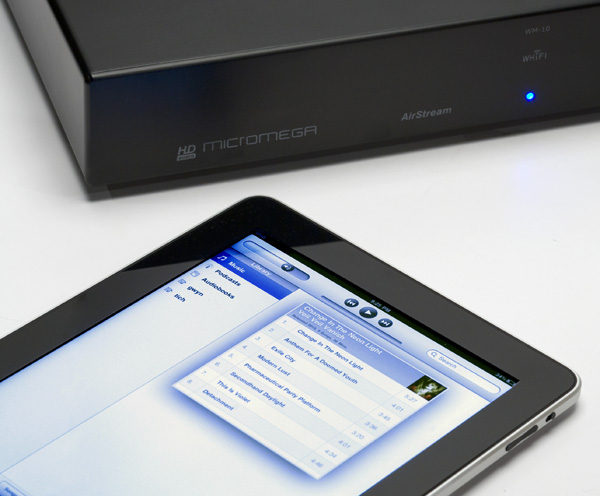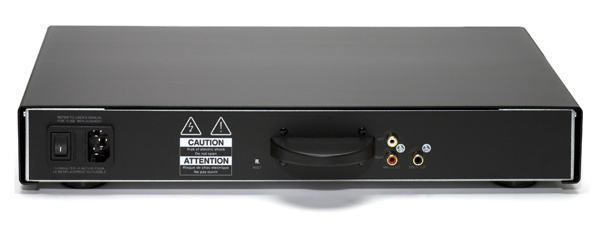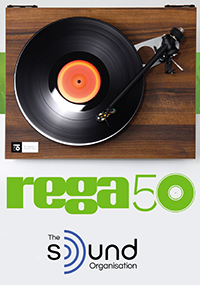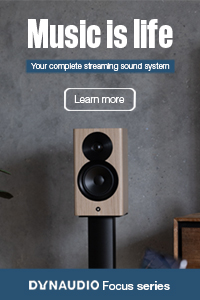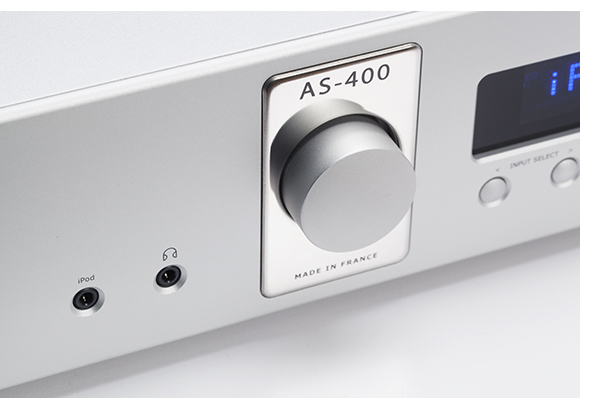 Micromega of France, enjoys a very respectable presence here in the US, and has been introducing new products with a vengeance recently.
Micromega of France, enjoys a very respectable presence here in the US, and has been introducing new products with a vengeance recently.
The company currently designs and builds a full line of electronics from sources to amplification. In the last few years they have taken a distinct interest in wireless technology and it’s incorporation into high-end audio playback in the home without compromise. Enter a very unique product, the AS-400 Integrated amplifier, priced at $4,595. The AS-400, which shares it’s name with a famous IBM midrange computer, is much more than a standard integrated amp. It produces 200 wpc, (400 wpc into 4 Ohms) of Class D solid-state power, and is available without the Airstream functionality for $3,595.
The rear panel has three line inputs, a preamp output, and you can drive the power amp section with an outside preamplifier. There is also an analog iPod input, and a headphone jack, but the most surprising on such a 21st century device is the MM phono input! The unit weighs a whopping 33 lbs., and is built to an extremely high standard. With seamless casework and a volume control that is smooth as butter to turn, something often overlooked on digital devices these days.
Still more lurks under the hood. The AS-400 is equipped with AirStream, a proprietary wireless network protocol, based on Apple’s iTunes software and AirPlay feature, allowing for untethered streaming of your iTunes library. Further inspection reveals the Cirrus Logic CS 4351 24-bit/192kHz DAC chips, a custom precision low jitter clock, and an Ethernet jack. Oddly, there are no digital inputs or outputs of any kind.
Easy use and setup
Not a member of the Apple ecosystem, I found the AS-400 easier to set up than I anticipated. I don’t use iTunes, and I don’t own any iDevices, but I do catch myself pondering the new iPhone 5, so it could happen sooner than later. My computer audio setup is based on a Logitech Squeezebox Touch, an Ethernet network, and a Bryston BDA-1 DAC in one room, and a Musical Fidelity V-DAC II in another. A Mac Mini acts as a server, with all files saved in FLAC format.
For the purposes of this review, I converted about a dozen albums from FLAC to AIFF, and imported them into iTunes. A quick download of the iTunes Remote app for my Android tablet had me rocking in no time. Pairing the AS-400 with the Opera Seconda speakers (reviewed in Issue #49 of TONEAudio) via Transparent’s MM2 Super speaker cables and their PowerLink power cord made for a sweet system that was as easy on the eyes as the ears. The next step after powering up the AS-400 is to select “Which speakers to use” from the iTunes menu. Simple!
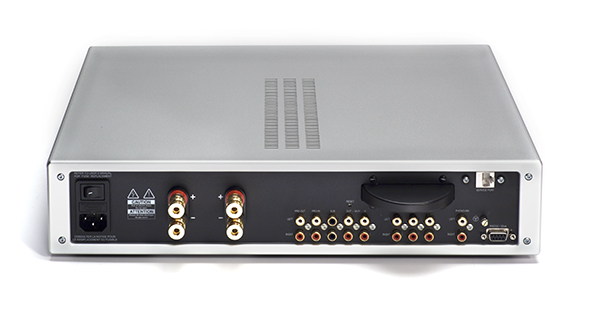 Trust that first impression
Trust that first impression
I instantly noticed an authority and a dimensionality to the sound, making clear that Micromega’s wireless implementation is a huge success. The first track streamed, John Legend’s “P.D.A. (We Just Don’t Care)” was rendered with a huge, forceful bass line, great palpability on the vocals, with highly convincing tonality on the piano. This track is a very familiar reference and the AS-400 nails it.
Running through multiple listening sessions, concentrating on familiar albums, like Norah Jones’s Little Broken Hearts, I remain excited with the AS-400. Grizzly Bear’s terrific new album, Shields, is densely layered art pop and through the AS-400, it sounded coherent, with all the layers easy to decipher, with soaring melodies and jagged guitar parts in evidence, never getting lost in a digital fog.
The AS-400 is amazingly quiet when connected via Airtunes/AirStream, with the quietest passages of music unadulterated. The WiFi signal of the privately created network between the AS-400 and my Mac Mini was never interrupted, flawless in operation for the duration of the review period. Those using Apple devices can stream via AirPlay. Input switching remains muted and is as smooth in operation as the volume control mentioned at the beginning of the review. I was surprised, however, that the AS-400 does run somewhat warm to the touch, despite its Class-D design.
Standard duties
Using the AS-400 as a traditional integrated amplifier, connecting a transport and and DAC to it’s analog inputs proves that this is a serious, stand alone amp. Delivering tons of clean power to the Opera speakers, with excellent bass control, the finer points of transparency and resolution are well on par with other integrateds I’ve sampled in the AS-400s price range – and they don’t have an on board streamer.
A side by side comparison of tracks streamed wirelessly over AirStream to ones played back via my Musical Fidelity M1CDT transport and Bryston BDA-1 DAC gives the nod to the MF/Bryston combination, but this is probably more of a shortcoming to using iTunes.
The Ethernet jack allows for streaming of files with other premium playback software brands. Additional software for your computer would be required as well. However, I don’t think many will opt for this option. The elegance of the iTunes/AirStream interface is tough to beat. Plus, there are much cheaper solutions for wired playback like the Squeezebox Touch.
An excellent combination
Back in full force in North America after a few years of minimal activity, Micromega proves they have a full product line that is both cutting edge in regard to technology and visually attractive.
The AS-400 is a full function integrated amplifier, iTunes streamer, and wireless DAC making for a very impressive one box solution that does not compromise performance for convenience. The hassle free setup and operation clearly makes this the perfect component for those who want to set it, forget it, and just enjoy their music collection.
The AS-400 is not perfect, but its shortcomings are minor. The major limitation is Apple’s AirPlay, which limits resolution to 44.1 khz, 16 bit files. So no higher resolution downloads can be heard in their native sampling rate and bit depth, as they will be down sampled. While three analog inputs might not be enough for a few users, but considering the convenience orientation, it should not be an issue. The remote is well laid out, but feels a bit lightweight for a $5,000 component. In a primarily streaming environment, an iDevice app or Android app will probably be used by most, if not all owners. But the true beauty of the AS-400 is that setting and using it requires virtually zero expertise in networking or computers.
The AS-400 has multiple strengths: It’s clean, authoritative, and dynamic sound will easily drive most speakers and its bass articulation is a particular strength, which is typical of Class D designs. The build quality is impressive, and the pride of ownership factor very high. If you are an audiophile seeking to simplify your setup, yet still have analog sources and use iTunes to catalog your digital music files, the AS-400 demands a close look.
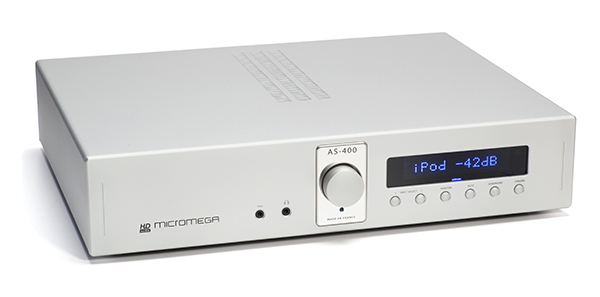 Additional Listening
Additional Listening
As Andre is a “digital only” guy, (And after chasing the analog rabbit for some time I can’t say I blame him.) I ran the AS-400 through its paces with a Rega RP6 turntable with Rega’s Exact MM cartridge mounted. Keeping in step with what one might spend on a turntable for a device like this, the RP6/Exact combination comes in just under $2,000. And it works brilliantly with the AS-400, with a low noise floor and full-bodied sound. The on board MM phonostage is easily the equal of the external models we’ve auditioned in the $300 – $500 range.
A number of other cool features make the AS-400 an even more versatile component. Separate preamp and subwoofer outputs allow system expansion along with an RS-232 port. Incorporating the AS-400 into a system with both the Dynaudio Confidence C1 speakers and a pair of Magnepan 1.7s, proved that it’s robust amplifier drives both of these relatively inefficient speakers with ease. And thanks to that subwoofer output, a number of powered subwoofers on hand from MartinLogan and JL Audio were easily incorporated into the system.
Headphone maniacs will still opt for a higher performance headphone amplifier solution, but occasional headphone listeners will enjoy the convenience offered here – combining streaming and controlling things via your wireless device of choice and lounging in your favorite comfy chair. Both my modded Grado SR-60i phones and the latest offering from Focal made an excellent match with the AS-400. Even my notoriously tough to drive AKG 701 phones worked well, having sufficient dynamics.
This is the component I will be suggesting to my non – hifi friends when they invariably say, “I just want great sound, I don’t want to futz with an elaborate system like yours. What should I buy?” Considering how much is under the hood, and the fact that you won’t have to buy a gaggle of cables and power cords, I’m happy to give the Micromega AS-400 one of our Exceptional Value Awards for 2012.
-Jeff Dorgay
The Micromega AS-400
MSRP: $4,595, without Airstream as the AI-400: $3,595
Manufacturer contact:
www.micromega-hifi.com (Manufacturer site)
www.audioplusservices.com (North American distribution)
Associated Equipment:
Loudspeaker: Opera Seconda
Cables: Transparent MM2 Super, Stager Silver Solids, Transparent PowerLink
DAC: Bryston BDA-1
Streamer: Logitech Squeezebox Touch
Transport: Musical Fidelity M1-CDT
Computer: Mac Mini running Snow Leopard & iTunes 10




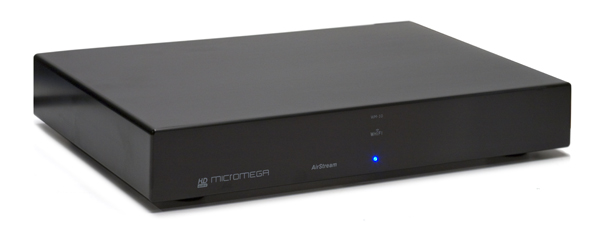 This is a controversial product to say the least. For many of you wanting to extend your digital music network, the $99 Apple Airport express is a great, low-cost way to add a pair of powered speakers somewhere into your environment. However, it is not an audiophile solution. At the other end of the spectrum, we have Micromega, with their $1,499 Airstream, which functionally does no more than the Apple Airport. We could have the same argument comparing the $300 Squeezebox to the $8,500 Sooloos music server. They both do the same thing, stream digital music files, but there’s more to the story.
This is a controversial product to say the least. For many of you wanting to extend your digital music network, the $99 Apple Airport express is a great, low-cost way to add a pair of powered speakers somewhere into your environment. However, it is not an audiophile solution. At the other end of the spectrum, we have Micromega, with their $1,499 Airstream, which functionally does no more than the Apple Airport. We could have the same argument comparing the $300 Squeezebox to the $8,500 Sooloos music server. They both do the same thing, stream digital music files, but there’s more to the story.